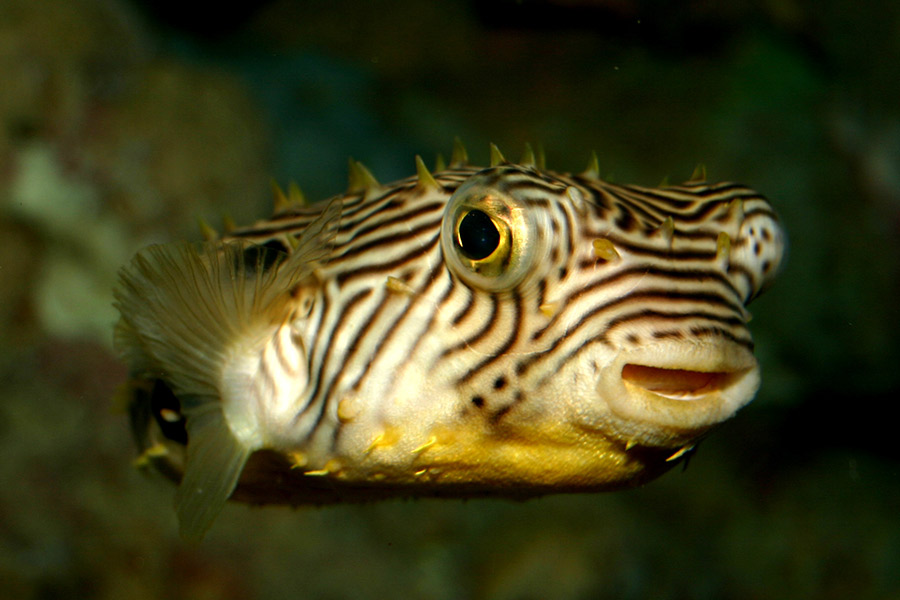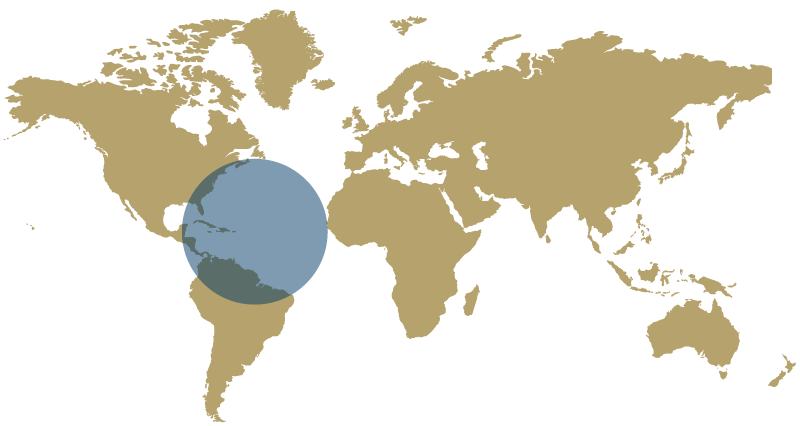
Habitat
Most commonly found in sea grass beds of bays and coastal lagoons, as well as in estuaries.
Aquarium Location
Saltmarsh
Fun Facts
- Can greatly inflate their body when threatened by filling their body with water. This is done using an organ called the buccal pump.
- When a burrfish expands its body, its rigid spines stand tall making it look like a large burr, which is where this fish gets its name.
- Have large beak-like jaws that allow them to crush the shells of mollusks, an important part of their diet.
- Because of its boxy body shape, the burrfish moves by waving only its pectoral (side) fins and caudal (tail) fin, not by using its entire body like many other fish.
Diet
Striped burrfish are important predators of tropical shellfish, including conchs, whelks, oysters, quahogs, and also have been known to feed on barnacles and small fish.
Cool Adaptation
Like a pufferfish, striped burrfish have the ability to pull water or air into their bodies, expanding far beyond its normal size is an effort to deter predators. Striped burrfish fall into a family of spiny puffers or boxfish that have small, rigid, erectile spines that remain standing straight up all the time. This is unlike one of the aquarium’s other pufferfish, the porcupine puffer, whose spines lay flat against its body until the animal inflates.
Conservation Connection
Striped burrfish are important predators of a variety of species of mollusks (i.e. clams, conchs, oysters), but this natural predation does not seem to have had any effect on their populations. Juvenile striped burrfish are preyed upon by many species of popular sport fish, including marlins, sailfish, swordfish and tuna. This species is a favorite among divers and private/commercial aquarists alike. The interesting behavior of inflating their bodies with spines erect has lead to many burrfish being collected, inflated, dried, shellacked and sold to tourists as souvenirs. The collection of striped burrfish for display in aquariums or as souvenirs does not seem to have had a great impact on populations of this species yet but precautions should be taken in order to keep the population at healthy equilibrium.


